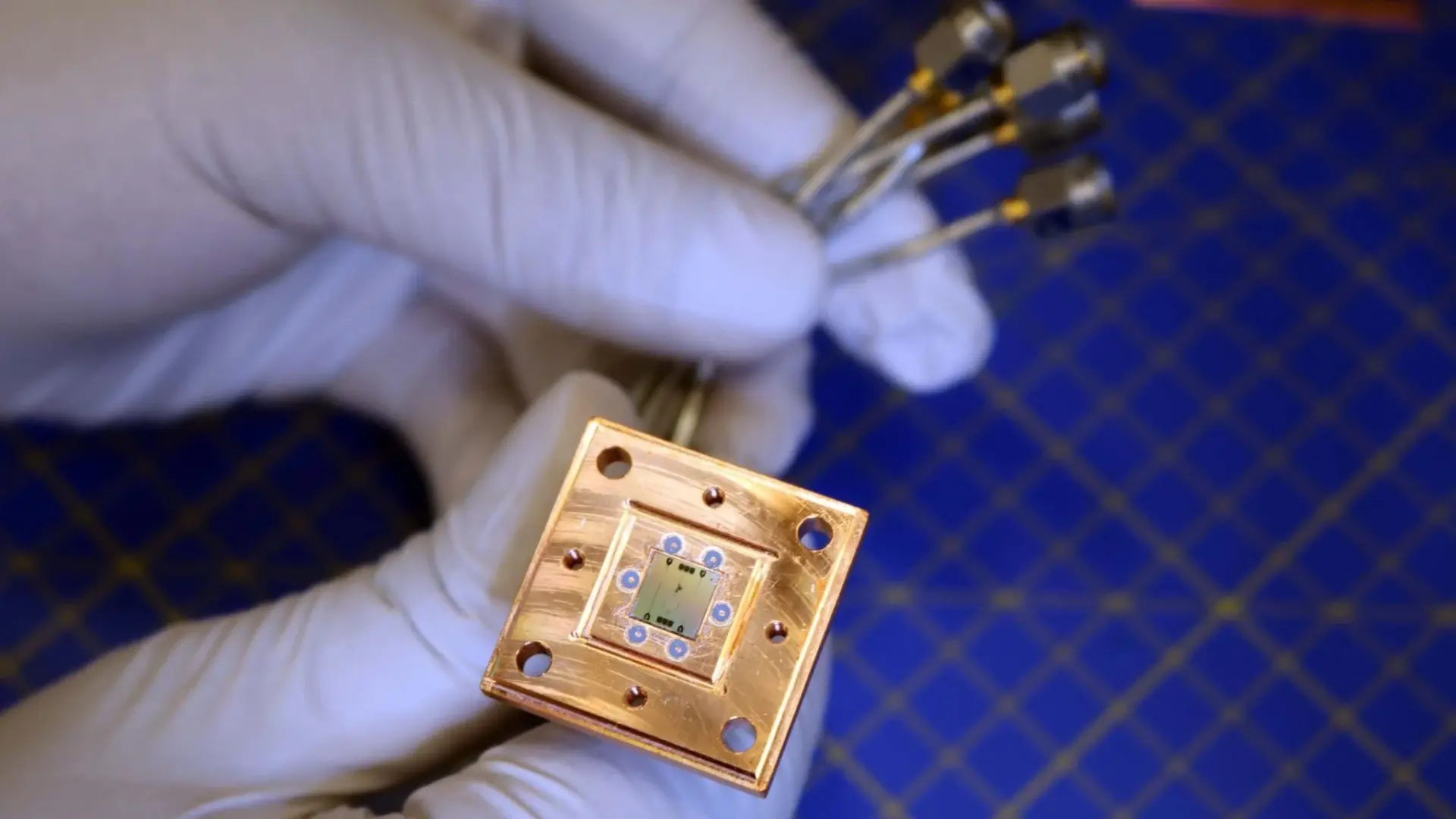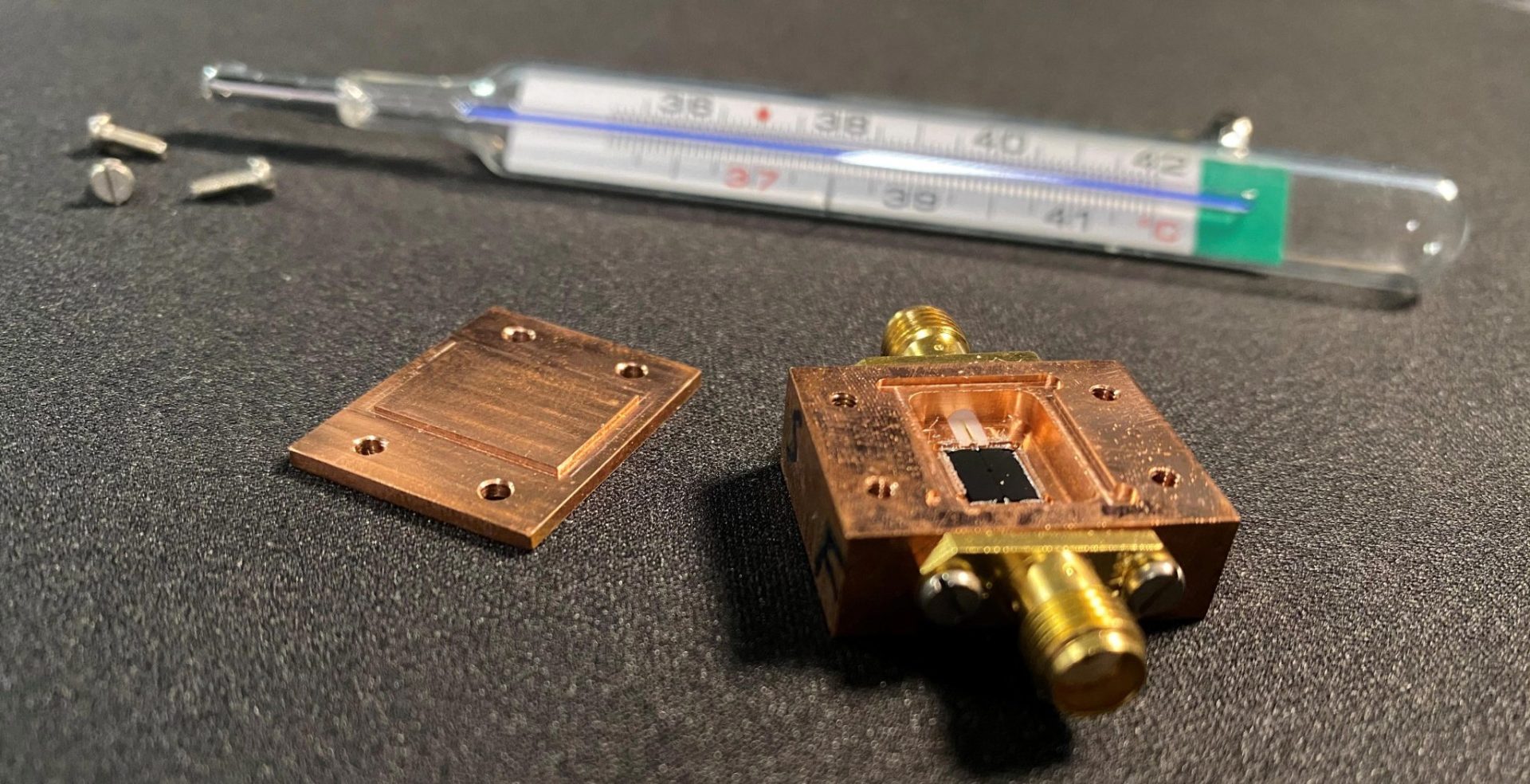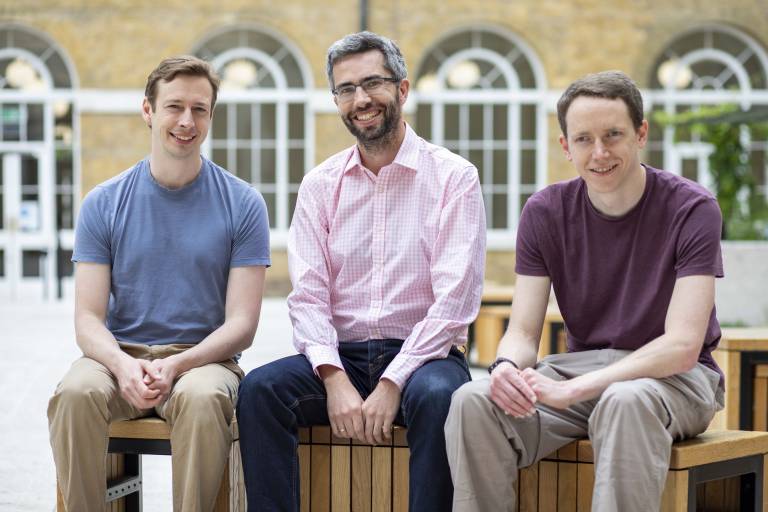Scientists at NIST and Chalmers University of Technology have developed a groundbreaking quantum refrigeration system that achieves record-low temperatures for quantum computing operations. This innovative approach addresses one of quantum computing’s fundamental challenges: maintaining qubits in an error-free state by cooling them to near absolute zero.
The new quantum refrigerator can cool superconducting qubits to an impressive 22 millikelvins, significantly colder than previous methods that only reached 40-49 millikelvins. This temperature reduction dramatically improves the likelihood of qubits remaining in their ground state, achieving a 99.97% success rate compared to the previous best of 99.8-99.92%. While this might seem like a minor improvement, it compounds significantly during complex quantum calculations, substantially reducing error rates.
What makes this system particularly remarkable is its autonomous operation. The refrigerator employs a clever design using three qubits: the computational qubit that needs cooling, a qubit connected to a warmer part of the computer that serves as an energy supply, and a third qubit acting as a heat sink. This configuration allows the system to function with minimal external control, using heat flow between different parts of the computer’s refrigeration system to power its operation.
The implications of this breakthrough extend beyond mere temperature control. By starting quantum computations with a “cleaner slate” – analogous to having a pristine chalkboard for mathematical calculations – the system significantly reduces the likelihood of errors propagating through subsequent calculations. This improvement is crucial for quantum computers, which are being developed to tackle complex problems that conventional computers struggle with, such as drug design and molecular simulation.
Nicole Yunger Halpern, a physicist at NIST and the University of Maryland’s Joint Center for Quantum Information and Computer Science, emphasizes that this technique could introduce technological capabilities not yet envisioned. The system’s ability to convert heat into useful work within quantum systems opens up new possibilities for quantum computing architecture.
The research, published in Nature Physics, represents the first practical demonstration of an autonomous quantum thermal machine performing a useful task. What began as a proof-of-concept experiment has exceeded expectations, surpassing all existing protocols for qubit reset procedures. This advancement brings quantum computers closer to practical implementation by addressing one of their fundamental operational challenges.
As quantum computers continue to evolve, this innovative cooling method could prove instrumental in making them more reliable and efficient. By reducing initial errors and maintaining stable operating conditions, the technology helps address one of the main obstacles to widespread quantum computing adoption. The autonomous nature of the system also suggests a path toward more practical and manageable quantum computing systems, potentially accelerating their integration into real-world applications.
Reference: “Thermally driven quantum refrigerator autonomously resets a superconducting qubit” by Mohammed Ali Aamir, Paul Jamet Suria, José Antonio Marín Guzmán, Claudia Castillo-Moreno, Jeffrey M. Epstein, Nicole Yunger Halpern and Simone Gasparinetti, 9 January 2025, Nature Physics. DOI: 10.1038/s41567-024-02708-5




